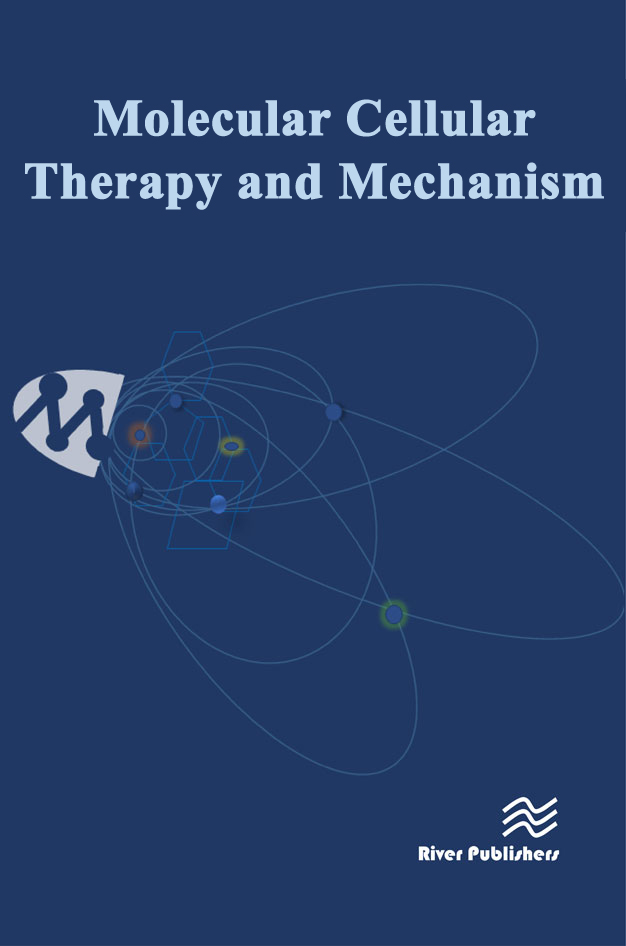Directed cardiomyogenesis of autologous human induced pluripotent stem cells recruited to infarcted myocardium with bioengineered antibodies
DOI:
https://doi.org/10.13052/2052-8426-2-13Keywords:
Myocardial infarction, Cardiac regeneration, Stem cell therapy, Recruitment and retention of stem cells, Autologous human induced pluripotent stem cell, Heterospecific, Tetravalent antibodies, Stage specific embryonic antigen, Tumor related antigen, Induced pluripotent stem cell tumorigenicityAbstract
Objective: Myocardial infarctions constitute a major factor contributing to non-natural mortality world-wide. Clinical
trials ofmyocardial regenerative therapy, currently pursued by cardiac surgeons, involve administration of stem cells
into the hearts of patients suffering from myocardial infarctions. Unfortunately, surgical acquisition of these cells
from bone marrow or heart is traumatic, retention of these cells to sites of therapeutic interventions is low, and
directed differentiation of these cells in situ into cardiomyocytes is difficult. The specific aims of this work were: (1)
to generate autologous, human, pluripotent, induced stem cells (ahiPSCs) from the peripheral blood of the patients
suffering myocardial infarctions; (2) to bioengineer heterospecific tetravalent antibodies (htAbs) and use them for
recruitment of the ahiPSCs to infarcted myocardium; (3) to initiate in situ directed cardiomyogenesis of the ahiPSCs
retained to infarcted myocardium.
Methods: Peripheral blood was drawn from six patients scheduled for heart transplants. Mononuclear cells were
isolated and reprogrammed, with plasmids carrying six genes (NANOG, POU5F1, SOX2, KLF4, LIN28A, MYC), to yield
the ahiPSCs. Cardiac tissues were excised from the injured hearts of the patients, who received transplants during
orthotopic surgery. These tissues were used to prepare in vitro model of stem cell therapy of infarcted myocardium.
The htAbs were bioengineered, which simultaneously targeted receptors displayed on pluripotent stem cells
(SSEA-4, SSEA-3, TRA-1-60, TRA-1-81) and proteins of myocardial sarcomeres (myosin, α-actinin, actin, titin). They
were used to bridge the ahiPSCs to the infarcted myocardium. The retained ahiPSCs were directed with bone
morphogenetic proteins and nicotinamides to differentiate towards myocardial lineage.
Results: The patients’ mononuclear cells were efficiently reprogrammed into the ahiPSCs. These ahiPSCs were
administered to infarcted myocardium in in vitro models. They were recruited to and retained at the treated
myocardium with higher efficacy and specificity, if were preceded the htAbs, than with isotype antibodies or plain
buffers. The retained cells differentiated into cardiomyocytes.
Conclusions: The proof of concept has been attained, for reprogramming the patients’ blood mononuclear cells
(PBMCs) into the ahiPSCs, recruiting these cells to infarcted myocardium, and initiating their cardiomyogenesis. This
novel strategy is ready to support the ongoing clinical trials aimed at regeneration of infarcted myocardium.


